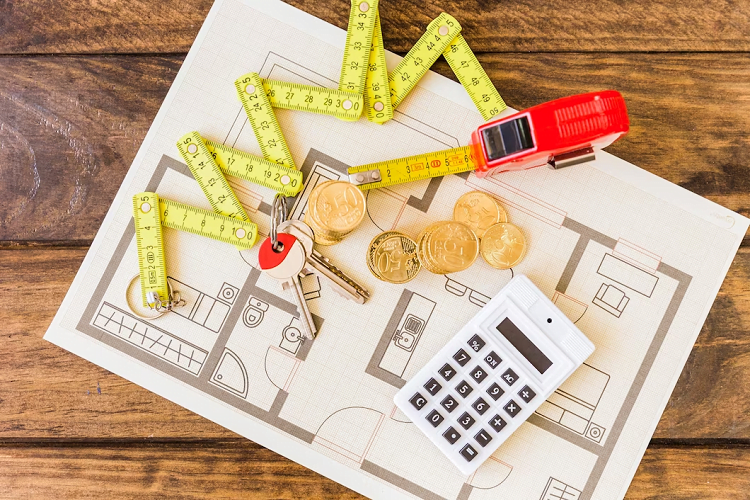Construction estimating is a challenging job. With time, practice and patience, you get perfection on it. Beginner-level cost estimates often make common mistakes. One bad estimate leads to a failed bid and chances of earning future projects gets less. None of us wants to be called a ‘’bad estimator’’. Do not worry; we are here to help you.
You can check out the guide on common mistakes in construction estimating and how to avoid them. Click here to read more about how useful construction estimates are for contractors are builders. Delivering accurate estimates seems possible if you understand its basics and factoring every cost item starting from materials, labor and overhead cost to measuring takeoffs precisely and assessing risk contingencies.
7 Common Construction Estimating Mistakes

1. Not inspecting construction site
Unable to conduct the construction site visit- that is the biggest blunder often made by estimators! Visiting the jobsite remains a must because this practice gives you sufficient knowledge on preparing estimates. Professional estimators familiarize themselves with site conditions and include unexpected and unforeseen cost that might come during the project completion phase.
Inspecting the site tells you the soil condition, information on how to access the roads, traffic frequency and accurately determine how much space is there for storing equipment and materials. Thus, thoroughly examining the site helps factoring in additional costs which should be the part of your estimating report.
2. Measuring inaccurate takeoffs
Measuring inaccurate takeoffs- this habit will bring your estimating report completely off the track. Accurate takeoffs are believed to be the solid foundation and groundwork for estimates. If they look incorrect, chances are high that your rest of the budgeting process will be screwed.
Make it a practice to properly measure painting takeoffs. This will help you determining the exact material quantities you need for your project. Inaccuracy in takeoffs either underestimates or overestimates the whole project and ultimately brings immense impreciseness in the entire report. It is recommended to use takeoff software. It helps you genuinely to measure accurately how much materials quantity is required.
3. Incorrectly assessing the labor cost
Many estimators have believed that calculating the labor cost seems harder. But there is a basic way to perform this step! When estimating labor cost, you must decide their pay based on the project scope, the experience they have and per hour rate according to the local state of living. Decide in advance how many workers are needed and in how many hours they can perform the respective task.
4. Assessing the materials and supplies cost wrongly
The significance of accurately calculating the materials cost has always been addressed. Though this cost is challenging to assess but practice will make you a pro in it. Materials cost fluctuate a lot and there is a lot of uncertainty over tariffs. It is advised to strengthen your network with product manufacturers and suppliers as they can help you in calculating the materials and supplies cost error-freely.
5. Failing to create a contingency plan
Bad estimators always fail to create a contingency plan. Being a responsible estimator, you must not do this mistake ever. Every project comes with risks. Carrying out a risk assessment is the crucial practice because it will give you the right direction whether to bid or no-bid. Failing to evaluate risks also make it tougher to mitigate them and project takes longer to complete.
6. Making blind guesses
If you are really serious in embracing the profession of a cost estimator, you must stop making blind guess. The practice of making uneducated guesswork makes you lose the bid. Even if you get lucky in grabbing the project, you won’t get success in the long run
Cost estimation is all about gathering the most accurate data and factoring in every item from labor, materials and supplies, overhead and soft costs like permitting and inspection. Unprofessional estimators always forget including these costs.
7. Not revising your own report
To err is human, that is the phrase we have been hearing since ages. But you can definitely work on those mistakes. Estimating gurus have repeatedly advised to review your work at least for one time before submitting it officially.
Small errors place a big impact on your performance. Even using the wrong units of measurement might bring trouble. So, take some time out, revise your work for one to two times and then submit it. Rushing through this process result in uncountable mistakes, beware about that!
Keep connected with us as more details on mistakes made by estimators will be shared and the right way of preventing them.


